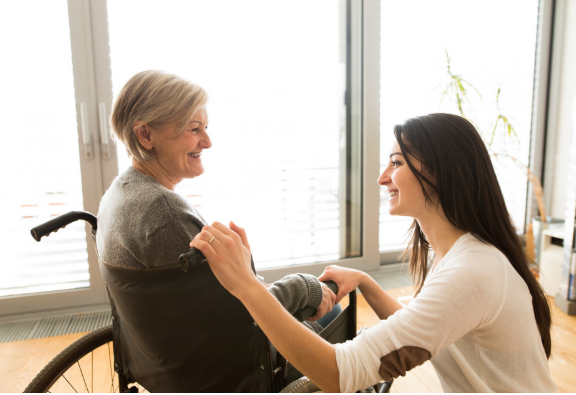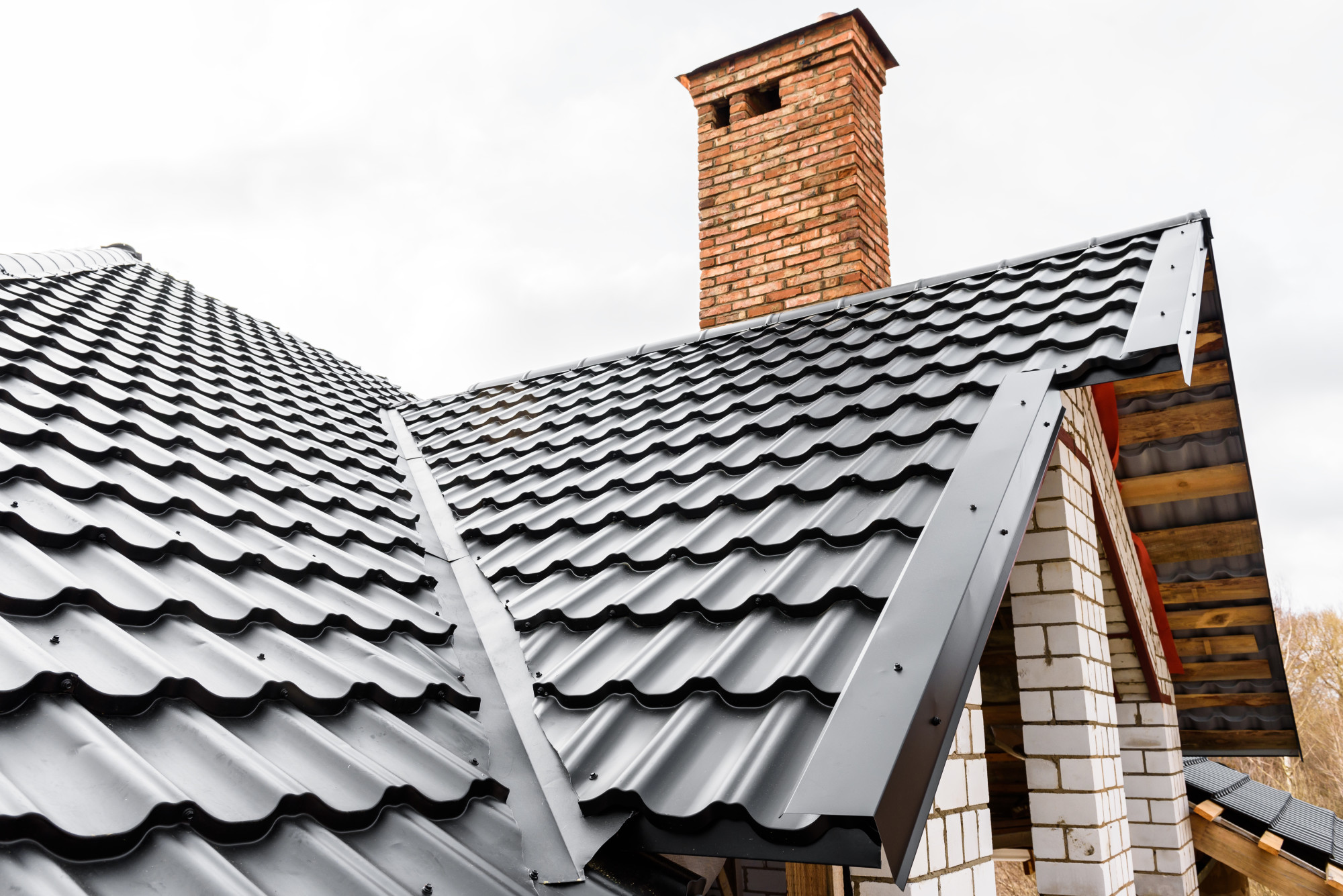Making a home more accessible is a vital step in ensuring the comfort and safety of individuals with special needs. Whether it’s through thoughtful design, practical modifications, or innovative enhancements, each home can become a more welcoming space. In this article, we will explore the top three home improvement projects that can significantly improve accessibility for all family members.
Creating Safe Pathways: How to Improve Mobility and Access in Your Home
One of the very first steps to enhancing accessibility in your home is to create safe and navigable pathways. Straightening hallways, removing clutter, and ensuring that floors are even can help prevent accidents and improve mobility. Additionally, wide doorways and ramps can make it easier for individuals with mobility devices to move freely around the house.
According to the CDC, 3 in 10 children with ADHD had anxiety, which can be exacerbated in cluttered or chaotic environments. A well-organized and spacious pathway can help reduce stress and create a serene atmosphere. By focusing on how individuals move throughout their home, you facilitate greater independence and confidence.
Adding non-slip mats and installing grab bars in key areas like the bathroom and kitchen further ensures safety. Homeowners can also consider smart technology solutions to control lighting or open doors, allowing better access for those who may have difficulty with traditional methods. By transforming your home’s pathways, you can create an inviting and functional environment for everyone.
Universal Design Features: Making Every Room Functional for All Abilities
Universal design plays a pivotal role in making every room functional for all individuals, regardless of ability. This approach encompasses a variety of features that can make daily activities more manageable for everyone in the home. From adjustable countertops in the kitchen to multi-level shelving in closets, these modifications can maximize usability and comfort.
According to Pediatrix, most people are not fully recovered after 15 days postpartum, and the recovery period may need to be extended up to six to 12 weeks depending on factors affecting birth and recovery. This indicates the need for adaptable spaces that can accommodate various needs over time. Designing spaces with adjustable features helps ensure they remain effective as the needs of the household evolve.
Implementing wide-open spaces, lever-style door handles, and easy-to-use faucets can also contribute to an inclusive home environment. Moreover, visually appealing designs can be seamlessly integrated with assistive devices, ensuring that functionality does not compromise aesthetics. With an emphasis on universal design, all individuals can feel at ease and capable within their home.
Lighting and Signage: Enhancing Visibility and Safety in Special Needs Spaces
Effective lighting and clear signage are fundamental aspects of creating a safe, inclusive environment in homes. Proper illumination not only enhances visibility but also helps individuals navigate spaces with confidence. Installing adjustable lighting options, such as dimmers or smart controls, allows for personalized comfort and accessibility tailored to specific needs.
Florida’s population grows by almost 1,000 people each day, reflecting a diverse community with varying requirements for accessibility. This growth emphasizes the importance of creating spaces that accommodate differing abilities and provide safety. Adding color-coded signage or tactile indicators can also help individuals with visual impairments or cognitive disabilities find their way more easily.
Homeowners can improve not just the exterior but also interior lighting to create an inviting atmosphere while ensuring safety. By utilizing natural light sources wherever possible and incorporating high-contrast elements in signage, you can enhance the overall experience of moving through the space. Fostering an environment rich in light and clear guidance can significantly boost confidence and independence for all residents.
In conclusion, making thoughtful home improvements is an essential step toward fostering an inclusive environment for individuals with special needs. Projects that focus on safe pathways, universal design features, and enhanced lighting and signage can transform any home into a welcoming space. By investing time and resources into these projects, you contribute to a more accessible and harmonious living environment for everyone.









